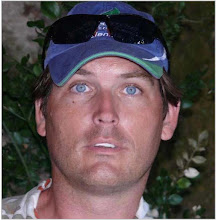
Bedar Sostenible (sustainable Bedar) is the name of the group which has already organised several excursions in the old mines in Bedar. They would like to set up an information centre on the mines and their history and even a mining museum inside one of the mines.
The earliest data on mining in the area around Bedar dates back to 1525 when a concession was awarded to mine iron in the Serena area just south of Bedar. By 1846 there were115 mines in Bedar, all working on a small scale due to lack of adequate transport. This changed in 1888 when the Compañia de Aguilas installed an aerial cable system from Serena down to the port in Garrucha, at the time the longest in Spain and the second longest in Europe. The English vice-consul in Garrucha at the time, Clifton Pecket, then ceded a group of mines to a Biscayan businessman on the condition that he build a railway. Now with the railway and the aerial cable transporter there was an explosion in mining in the area, with the creation of several companies including the Garrucha Iron Mining Company Ltd. Mining activity was paralysed during the First World War and then continued in and off until the last mine closed in 1970.
Juan Antonio Soler, who has studied the mines and their history and is one of the organisers of the excursions, said that the group has wanted to create walking routes in the mountains around Bedar but that the ayuntamiento hasn't helped them at all. Bedar Sostenible has organised several guided tours of the mining works for .


No comments:
Post a Comment